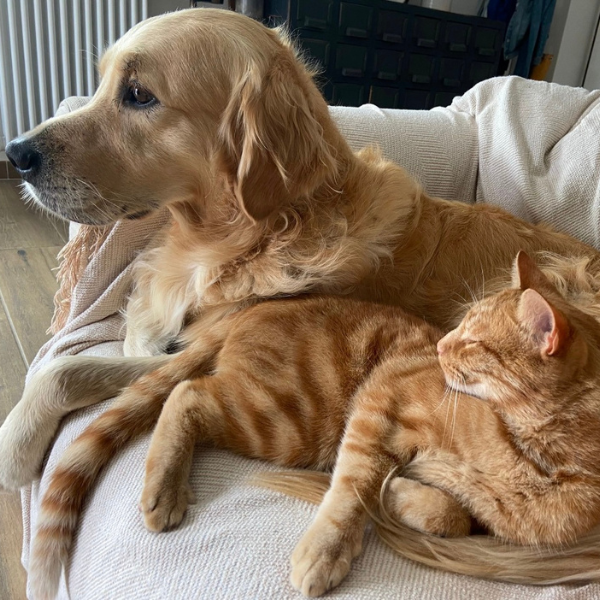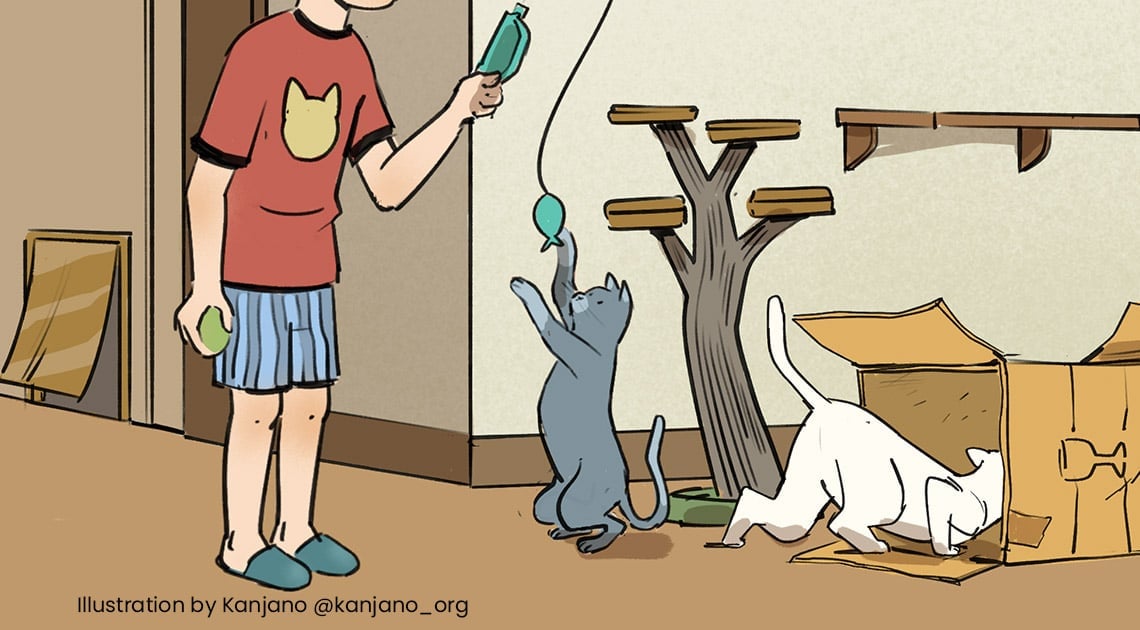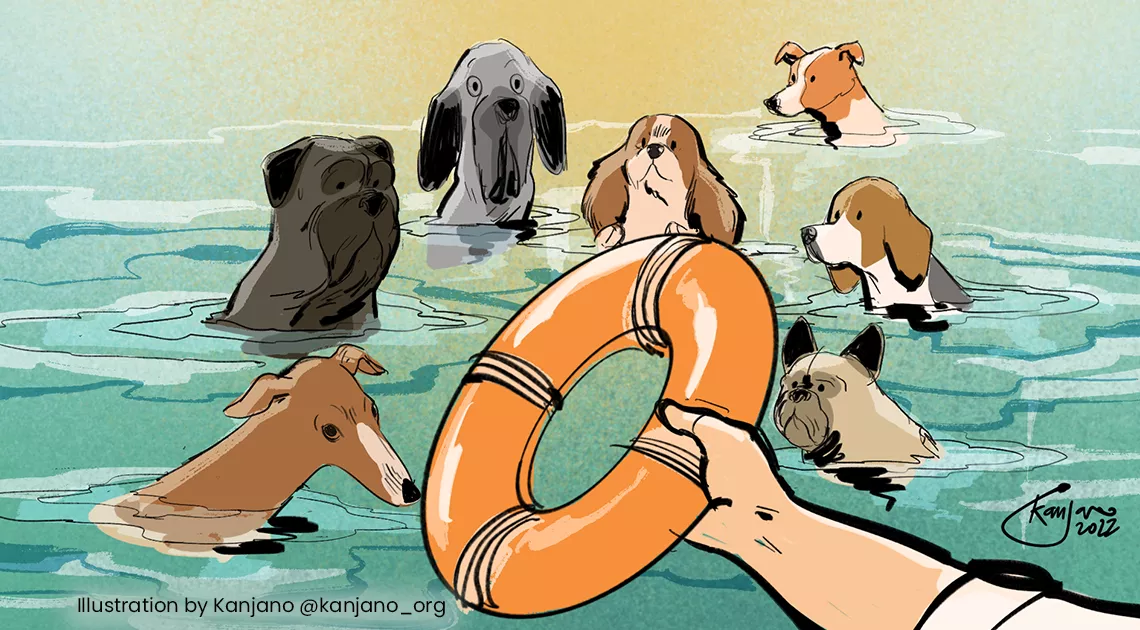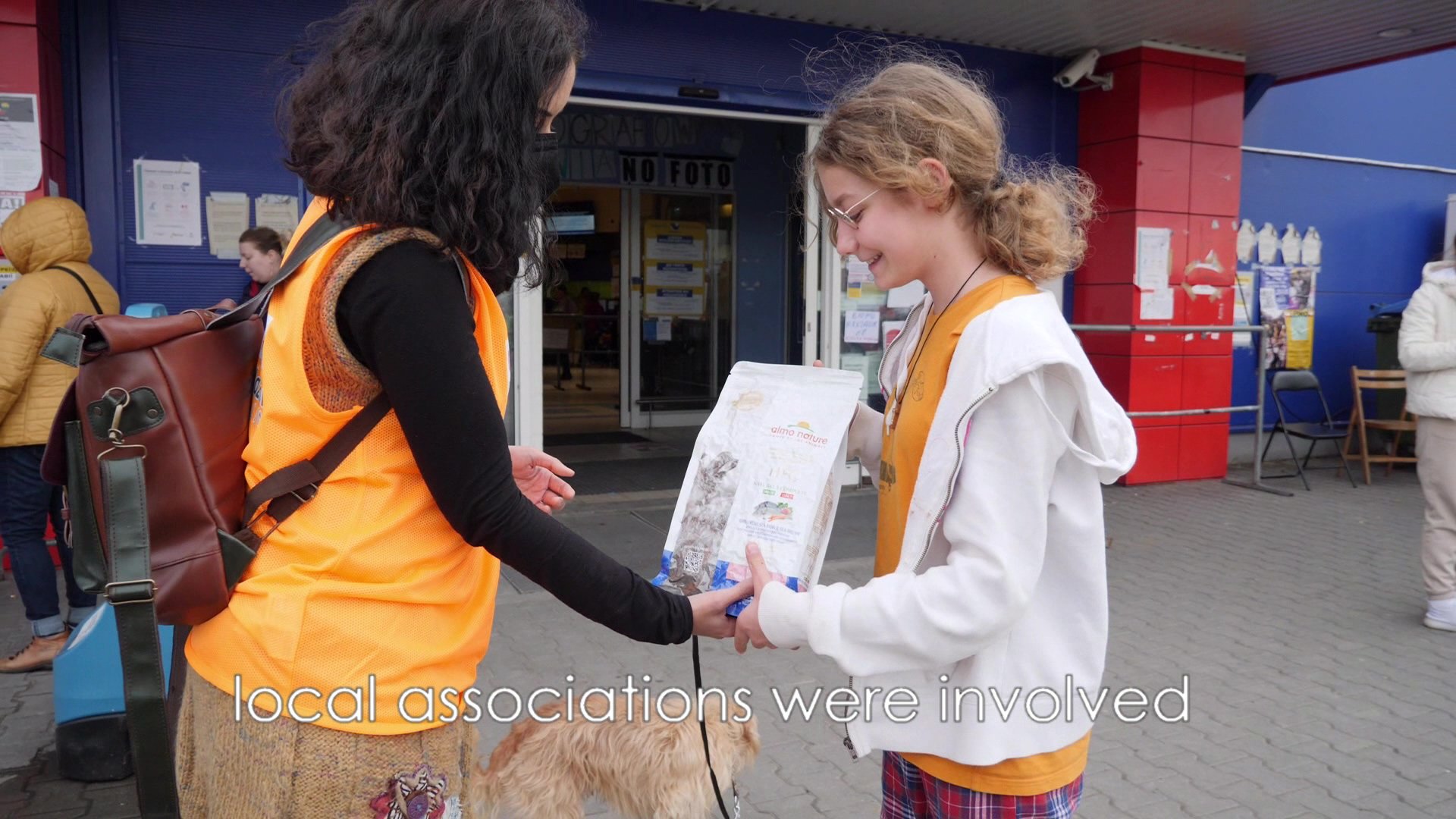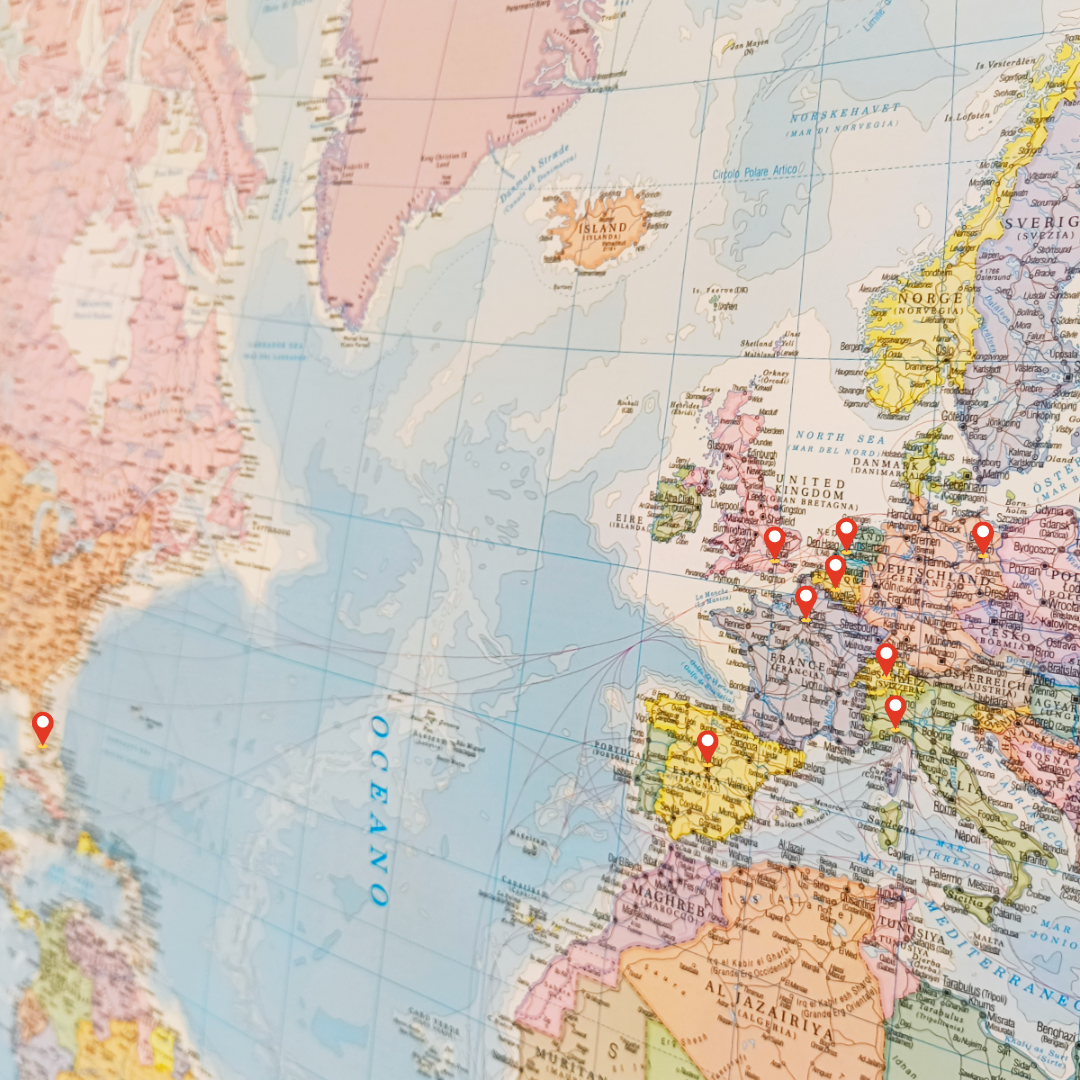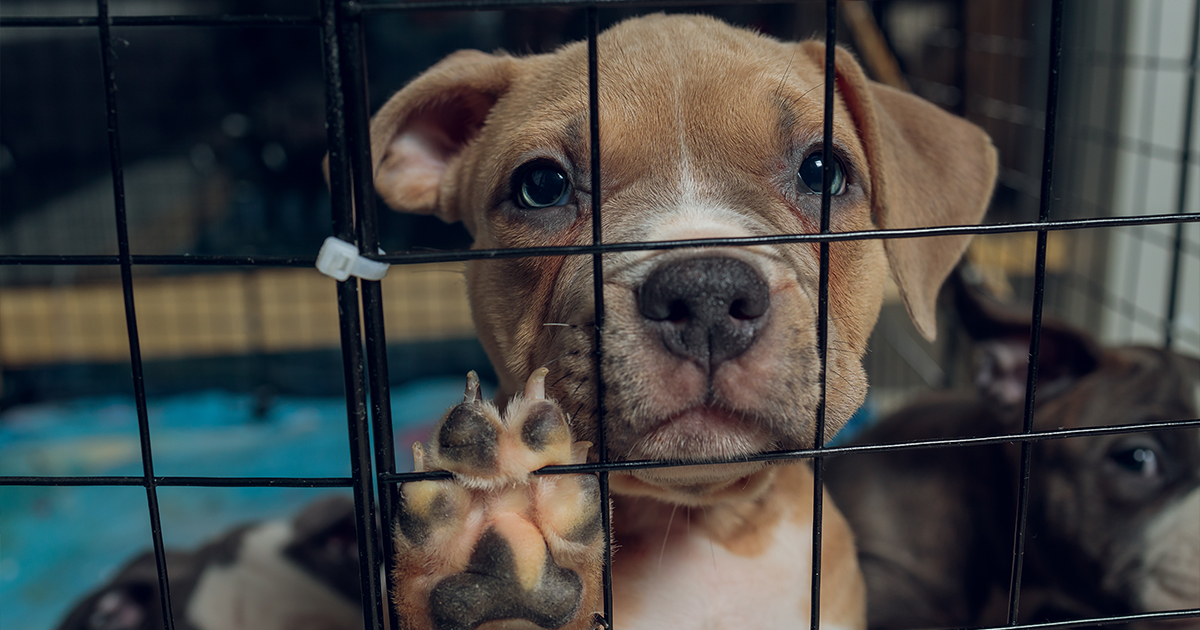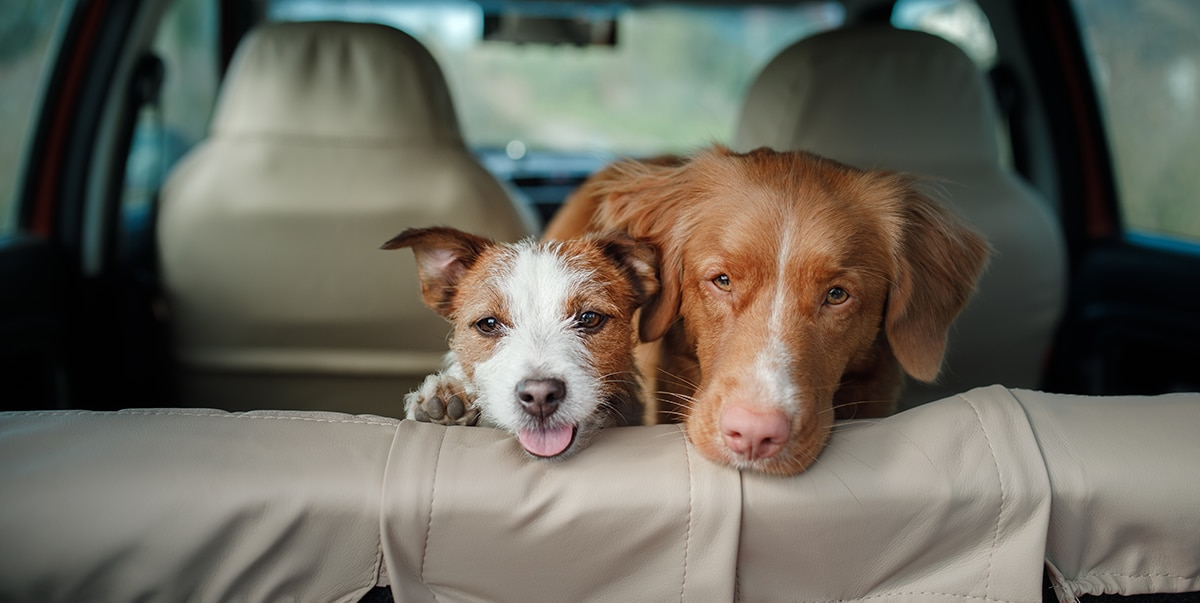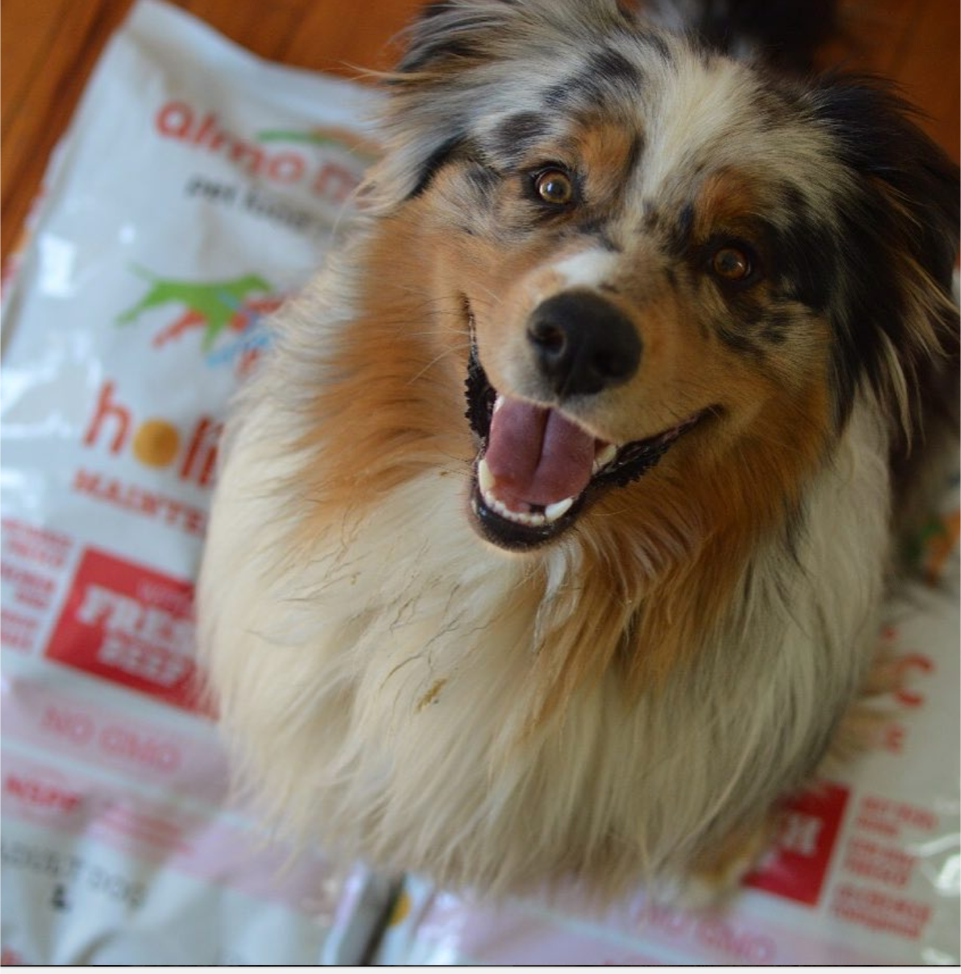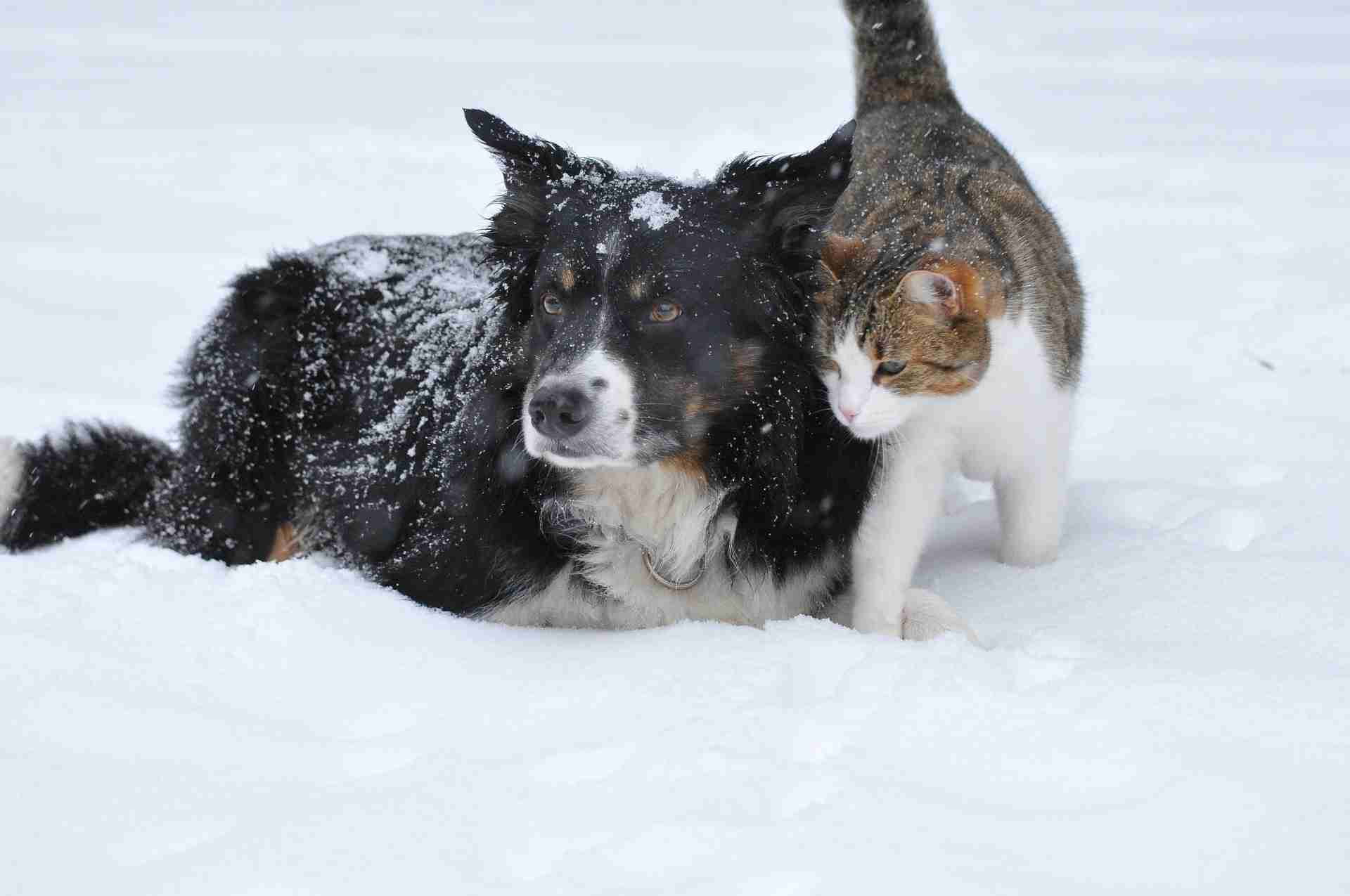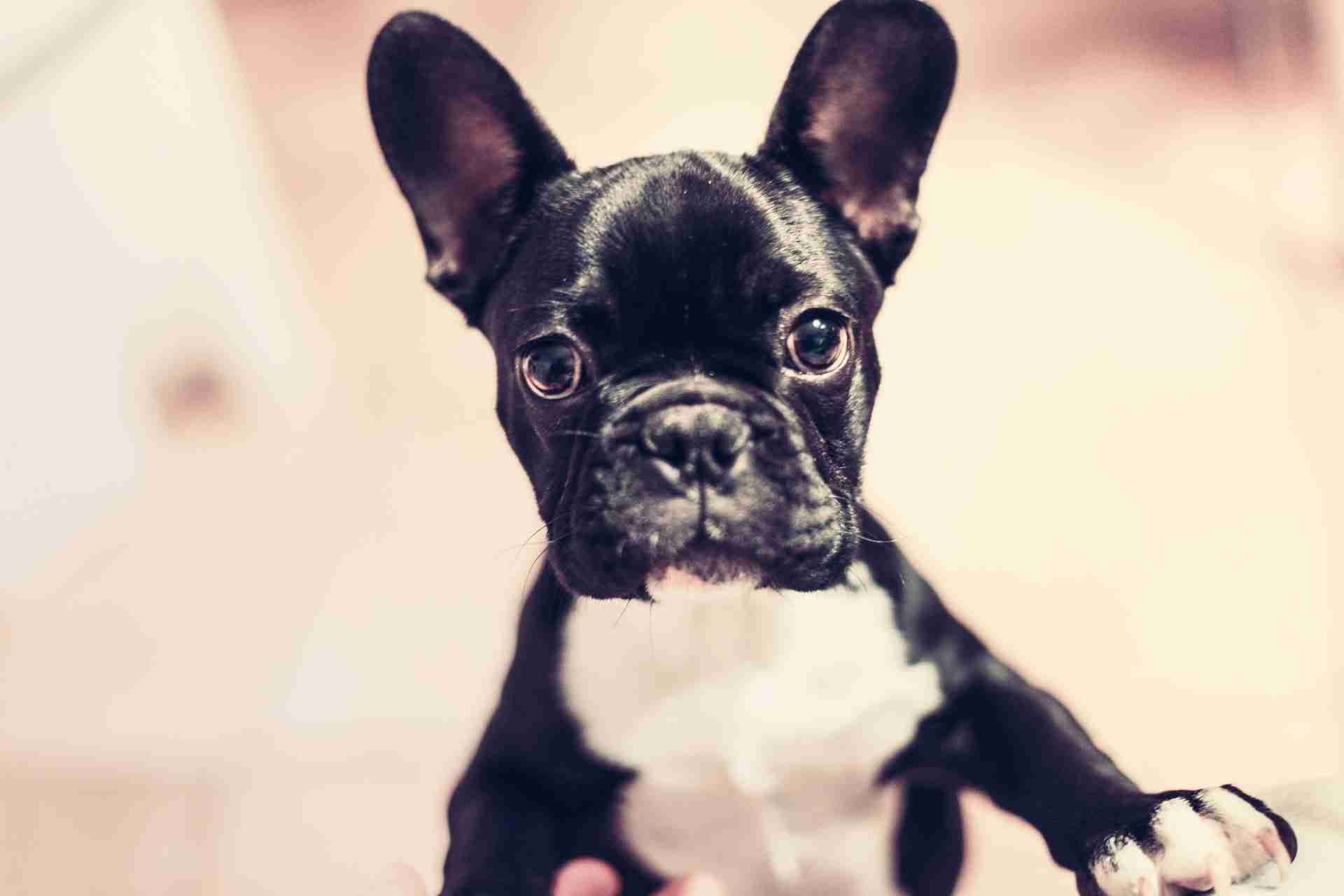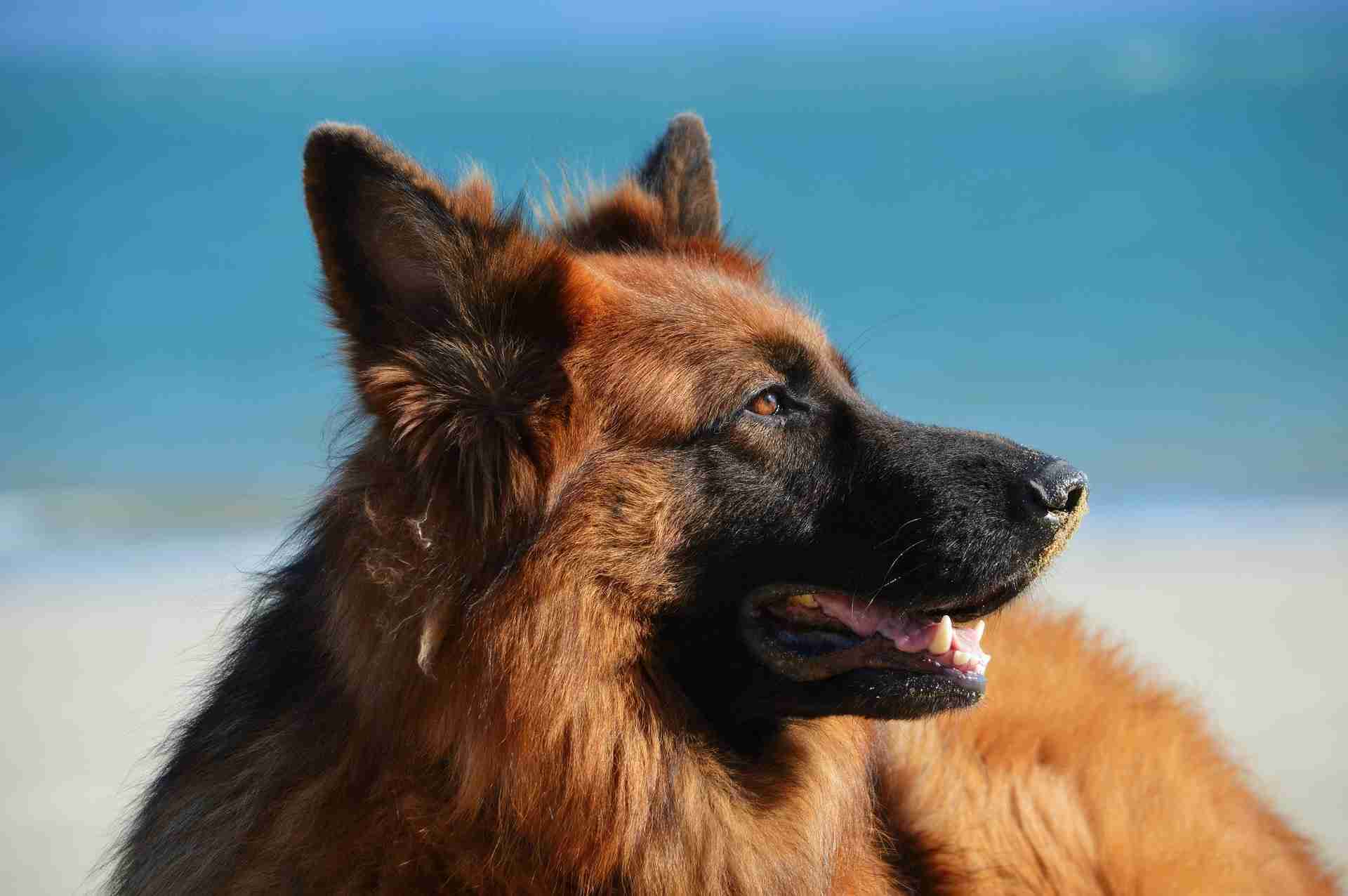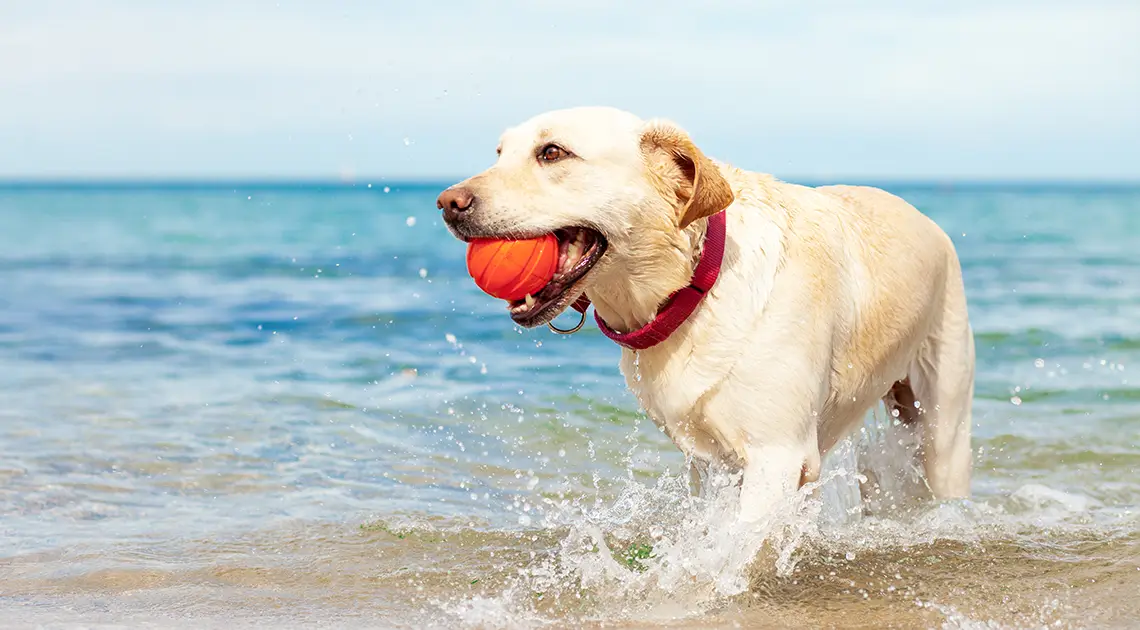The Puppy Factories
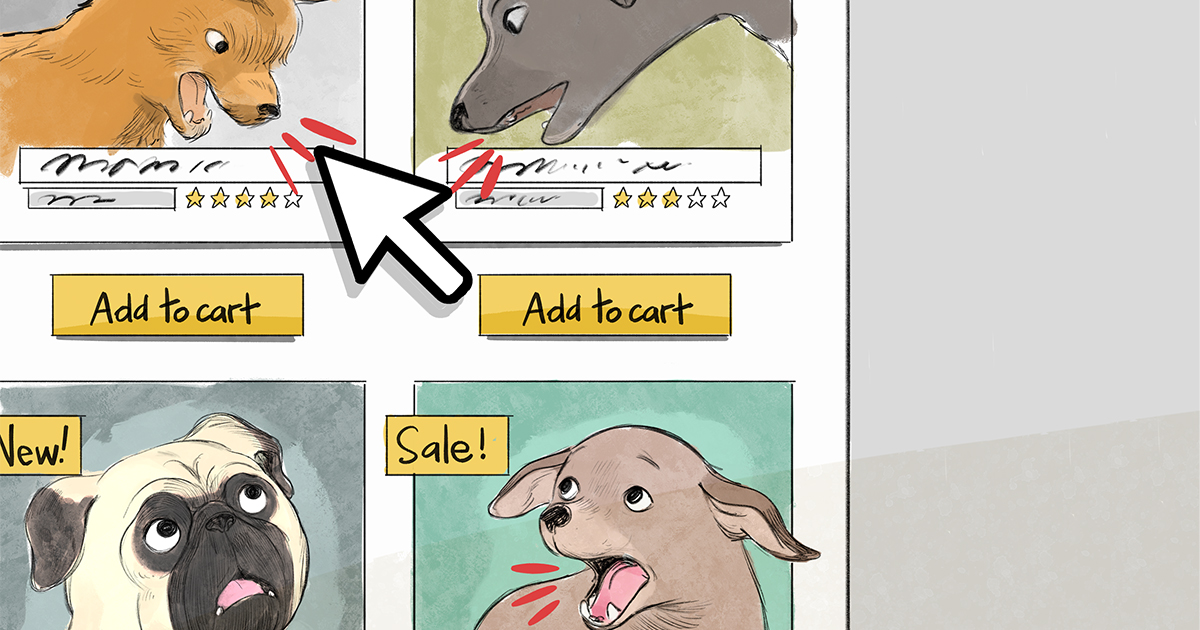
By Dunia Rahwan
Do you live with a French Bulldog, a Beagle, Pug, Pinscher, Yorkshire or Chihuahua purchased in the store or on the internet? Well, it could have been born in one of the puppy mills scattered throughout Eastern Europe, intensive farms created to churn out thousands of puppies, but also high end feline breeds such as the naked cat Sphynx and the Persian, to be shipped across the border. The only aim of breeders and traffickers is economic profit, and they do not hesitate to achieve it by inflicting unimaginable suffering on animals. The puppies of the East, born mainly in Hungary, Poland and Romania, are the goods of an appetizing business that in Europe produces a turnover second only to that of drugs and weapons, a criminal market erected on animal suffering that is estimated to have an annual financial value of hundreds of millions of euros.
Compulsive Shopping
Dogs and cats are now unfaltering life companions, a trend that has become even more evident after the outbreak of the pandemic. In Italy there are now more pets than people, 62 million against 59, and in Europe, the pet industry has created a turnover of 200 billion euros a year with food and accessory production and the purchase of puppies. The most coveted breeds are small or very small, with enormous eyes that recall an eternal infant and the crushed muzzle, so adorable to look at but just as harmful to the animal's health. The demand for puppies has grown so much in recent years that legal channels struggle to satisfy it. Prices have skyrocketed so much that a silver French bulldog can cost 5 thousand euros, and the business has found fertile ground to sprout. The urgency of keeping a pet to overcome boredom and deal with social distancing is leading to compulsive shopping in stores and on the internet, as if we were shopping for clothes instead of living beings. Few wonder about the origin of the ball of hair, having fallen head-over-heels in love at first sight, even if only from looking at a photograph. We take out our wallets and take it home or we get our new friend sent to us without realizing that we have just funded the trafficking of atrocities, physical, emotional and genetic abuse, as well as putting ourselves into a great deal of possible trouble: these puppies, children of a circle of hell, carry with them the traumas they have suffered on their bodies and in their minds, and sometimes these traumas can remain forever.
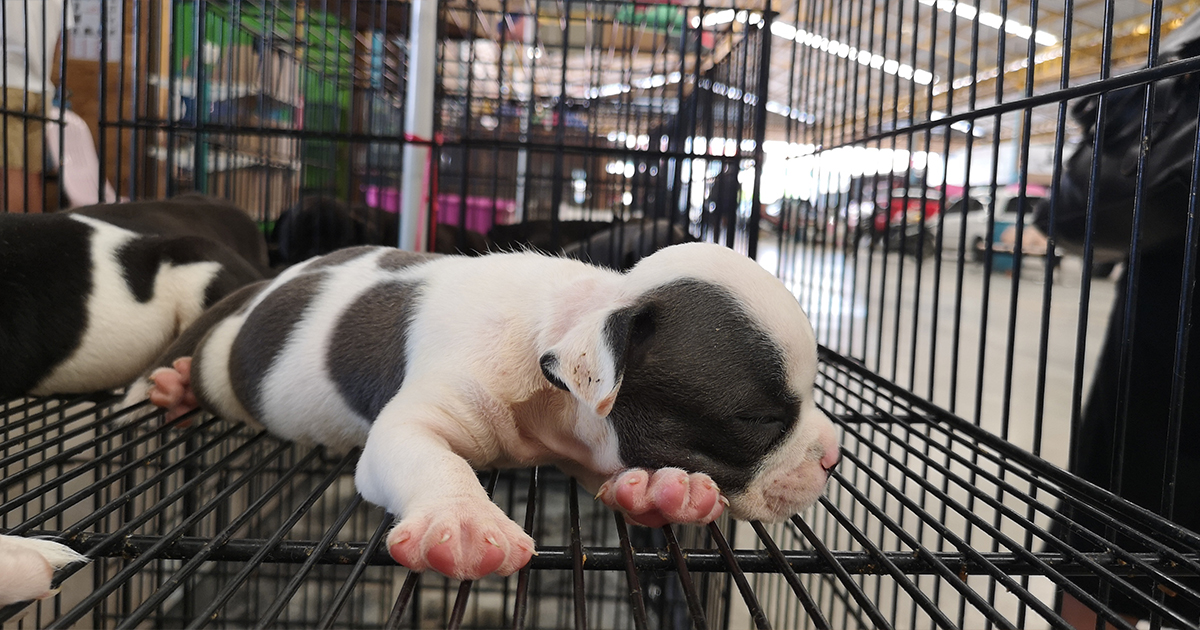
On display in shop windows
In Europe puppies can be bought in pet shops and on the internet, although some countries have started to introduce a ban and in Italy from 1 January 2024 the selling of dogs and cats will no longer be allowed in stores places now seen as incompatible with the well-being of sentient beings able to experience emotions. Therefore, places of abuse. Online selling is even worse. There is no regulation and the legislative hole is filled by international traffickers. It does not matter if you bought your puppy in a renowned shop in the city centre or if they handed it to you at the highway junction, but with all the documents in order, it could still be a victim of dog trafficking from the East. Every year tens of thousands of puppies bought at low cost enter Italy illegally and, according to the Presadiretta investigation, a Rai 3 television programme, 4 out of 10 die within the fifth year of life.
The fault of the Italians
The puppy mills were set up thirty years ago from an idea made in Italy. It was our compatriots who launched the business in Hungary, where the poor raised pigs and rabbits for little money and, therefore, it was easy to convince them to focus on more lucrative produce, that is, cats and dogs. The Italians remain in pole position in this sad traffic, but no less in the race are Great Britain, Germany, France, Holland, Spain and the Nordic countries. Hungary continues to hold the miserable record for its number of puppy mills, but intensive breeding has also become a reality in Poland, the Czech Republic, Romania and Slovakia. Not to mention the country of Bengodi, where you can make a lot of money risking very little: a fine and at most a few months in prison. The damage in ethical terms, however, is incalculable; collecting the material for the writing of this article, I came across stolen footage denouncing the breeding of puppies, places of horror impregnated with endless despair. The voices of those terrified souls will be hard to forget...
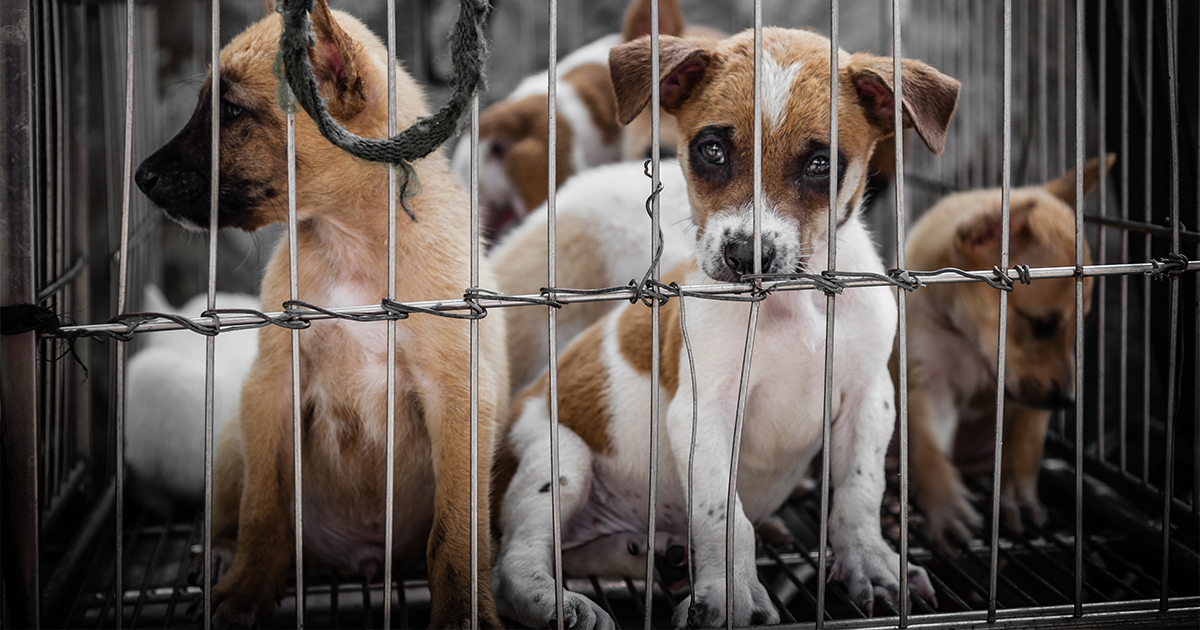
A circle of Hell
Breeders, especially Hungarians, soon realized that the home/work model was the most profitable to cut costs and optimize production, and they literally filled their homes with dogs (and some cats). Investigations across Europe have documented the life of dogs in puppy mills, indeed their non-life. The male sires are locked in cellars and boxes in the constant absence of light, forced into confined spaces and soaked in their own excretion. They never go out, they do not know the grass, the rays of the sun, love, but only fear and darkness. The females give birth continuously and the pups are torn from their mother early, at just 30 or 40 days, when they then enter the circuit of illegal trafficking. The puppies are transported from the countries of the East to their final destinations in boxes and cages made for rabbits. It is an endless journey to the houses of their purchasers, in the hands of traffickers who cram the dogs in the trunk of cars, without water or food, and force them to remain in their own filth for days.
Low-cost puppies
If a poodle puppy sold in a certified and visitable farm costs about 2 thousand euros, is it not suspicious that on the internet they will send it to you for a few hundred euros? Hidden behind the offer of the day are the atrocities inflicted on the puppy, which has not had the opportunity to grow up in a safe environment together with its mother and little brothers, has known fear in the womb and perhaps will have to fight all its life with disease and behavioural dysfunctions. The little creatures trafficked illegally are drugged during the trip to go unnoticed at the border controls and to hide any pathologies from the eyes of the buyers, but a few days after the adoption, its defects emerge, and some may never go away. At the end of the day, the low-cost puppy can make you spend what you saved, and much more. Is it worth it?
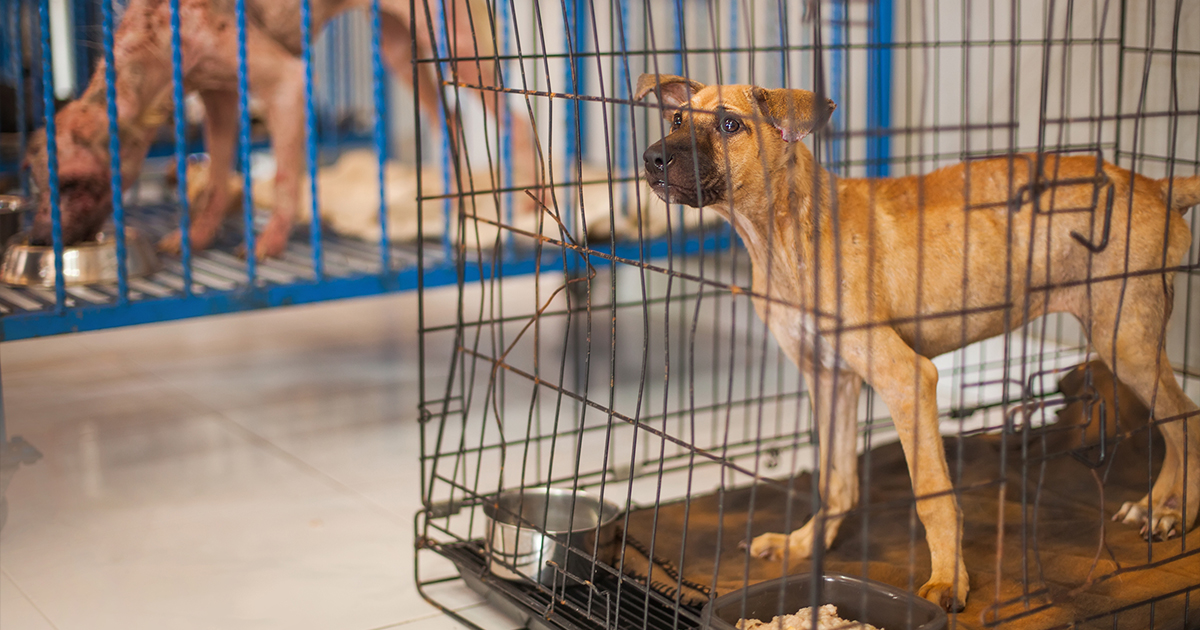
The entry of rabies through smuggling
The illegal trafficking of puppies from the East is also a real danger to public health and the number one enemy is rabies, a very dangerous acute viral disease that is transmitted with the bite of the infected animal and in the world claims 55 thousand victims a year. In the states of central-western Europe, rabies has been eradicated in domestic and wild animals, but it is still present in Estonia, Latvia and Lithuania, Russia, Belarus, Ukraine and in south-eastern Europe, exactly where there are puppy mills. Puppies from the East that cross borders illegally, however, will not yet have been vaccinated against rabies because it should be administered when the dog is three months old and takes 21 days to activate. It is for this purpose that the law on international dog trade requires that the puppy is at least 3 months and 21 days to be vaccinated, a small problem that the dog traffickers have comfortably bypassed by falsifying the date of birth of the dog on the passport to age it by a couple of months. So the very dangerous rabies, together with other nice bacterial and viral diseases, could ride into our homes on an extremely tender-looking French bulldog.
Let's defeat the trafficking
2021 was a good year for combating the illegal trafficking of puppies in Europe, starting with the new EU Animal Health Act, which requires all dog breeders to register with the competent national authorities, as well as setting stricter requirements throughout the supply chain, from livestock to transport. In addition, the illegal trade in pets has been recognised as "organised crime" and must be combated along with drugs and arms trafficking.
We too can do our part and there is a safe way not to run into the illicit dog trade: adopt them from shelters in your area. Be careful: visit those near your home, where you can go in person, meet the dog several times, come to the important decision, and finally welcome it into your house. Do not look for animals online. You will end up in a valley of tears and also risk adopting a dog that could differ completely from the one described in the advertisement, and may also be incompatible with the lifestyle of the family. In the 1200 Italian kennels, almost 120 thousand dogs are waiting for the opportunity of a family, and although the search may turn out to be more tortuous than swiping a credit card, it is worth it. Dogs are sentient beings able to feel joy and pain, love and despair. They feel the deepest fears and can remember the most indelible trauma. Traumas, you will have to deal with yourself, not the salesman at the store. For breed lovers, there are rescue groups that group the dog adoption advertisements with certain characteristics, so you can identify the animals that you can physically touch, and adopt the most suitable dog for you, not the cutest or most fashionable. Because beauty and fashions pass, but the dog remains

